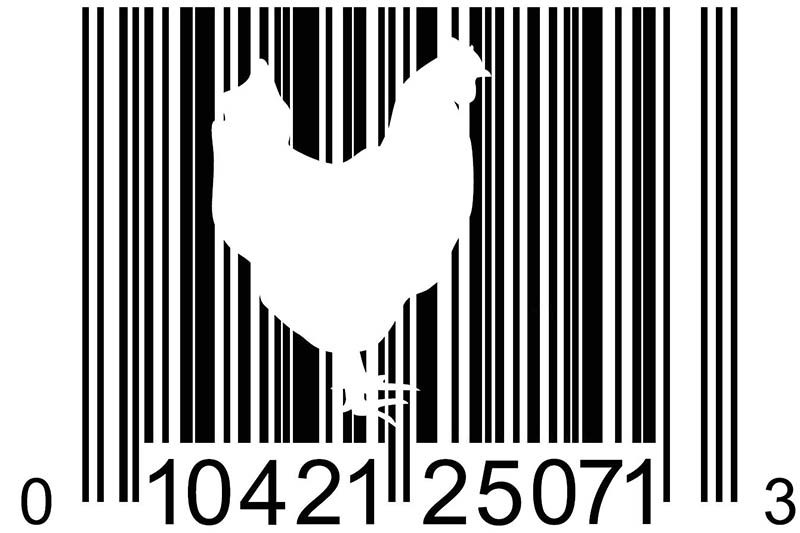Listening to the interesting presentations from NGO’s (non-governmental organizations), government bodies and technology providers during the World Food Summit 2018 in Copenhagen, one thing became clear: in the food processing industry, traceability and food safety are still at a level too low to respond to today’s fast changing developments. However, the technology to secure full farm to fork, data-driven traceability exists already for years.
Traceability is the ability of finding out where a product comes from and following its route throughout the entire supply chain. The requirements for traceability are set by regulations issued by national and international regulatory authorities. In the European Union, for example, food product traceability is controlled by the European Food Safety Authority.
Outbreaks
Without an effective traceability system, food processors may be shut out of lucrative new markets or lose business to companies that do demonstrate a valid traceability system. Recent outbreaks of food illness also show the financial devastation to businesses and whole sectors. Because of providing food without effective traceability, their reputation is put into question.
Pen and paper
“For almost two decades, I’ve worked on automated data collection in the food processing industry,“ says René Kjaer, sales director for Innova Food Processing Software. “Having visited hundreds of processing plants all over the world, I’ve gained a good first hand impression of the level of the industry’s automation in terms of automated data collection. The lesson learned is that there are great differences between processors. Some of them have a high level of automation and data reliability, while others still use pen and paper to a large extent. Such a manual administration is actually the standard in many more markets than you would expect.”
Slow recall
All processors are of course meeting local legal requirements. Most of the time, however, they trace food in a very limited way. Traceability is possible only one step up and one step down in the supply chain, mostly restricted to a certain batch and a certain time (i.e. a few hours). In addition to that, each participant in the food industry supply chain seems to have his own demarcated information silo, although these parties are supposed to cooperate. This makes it hard to trace a product. Not only is the data difficult to access, but also the recall process is often very time-consuming and cumbersome. No wonder this restricted form of traceability is being questioned at the moment.

